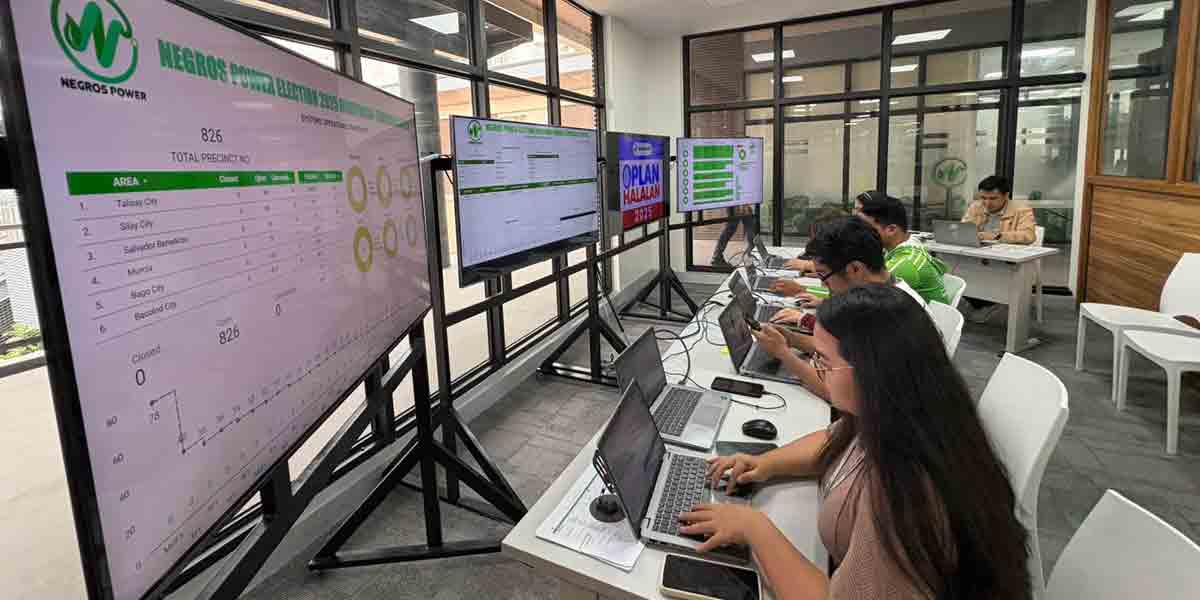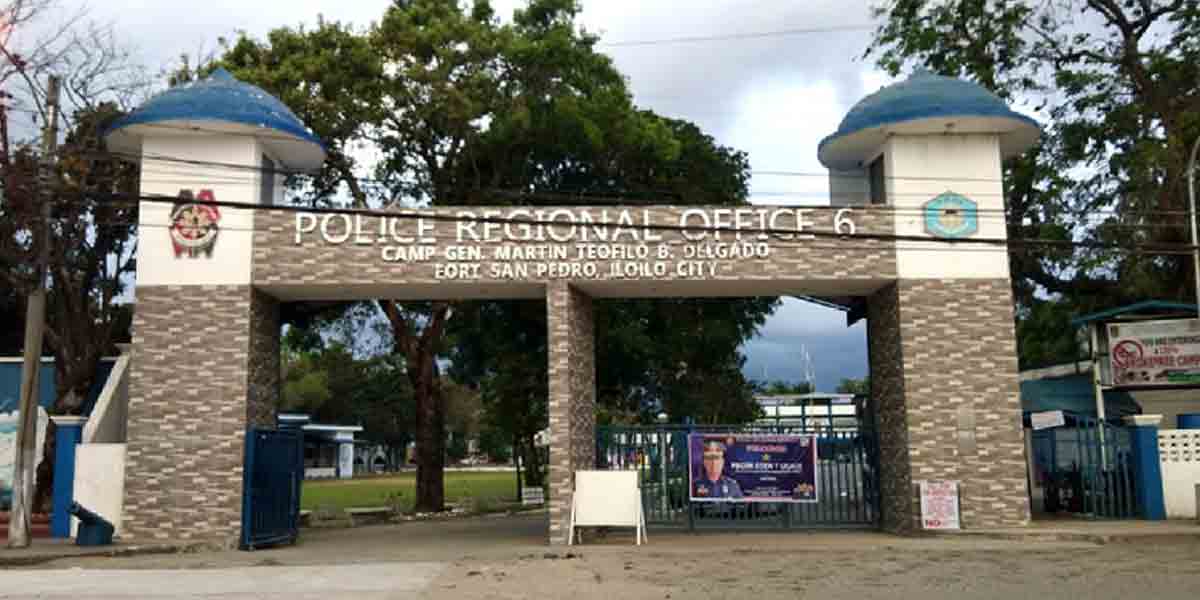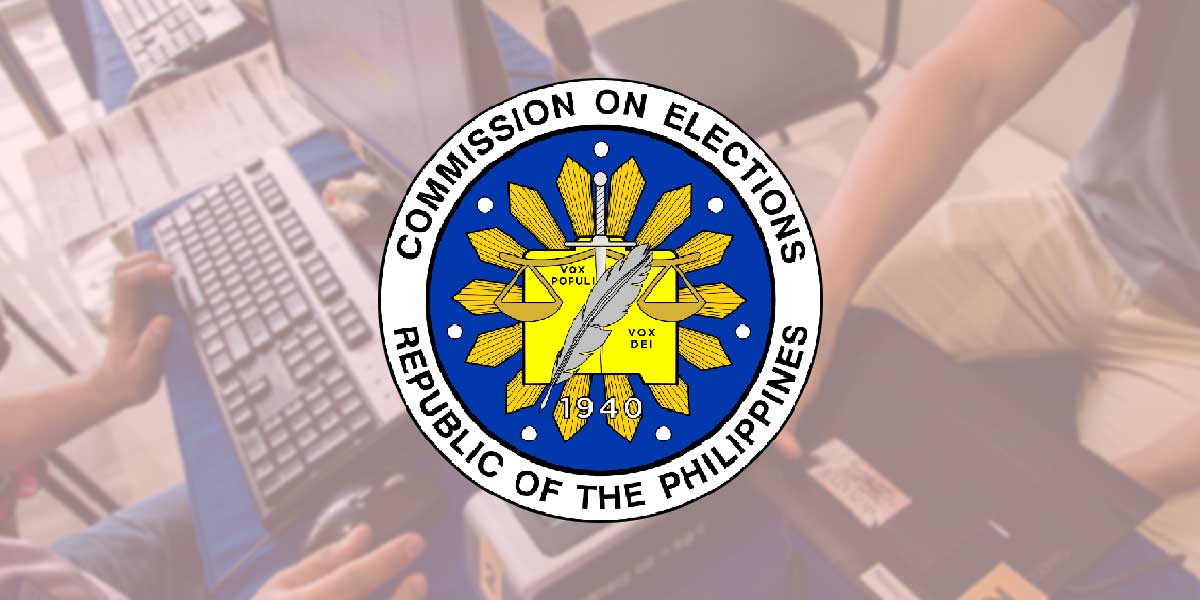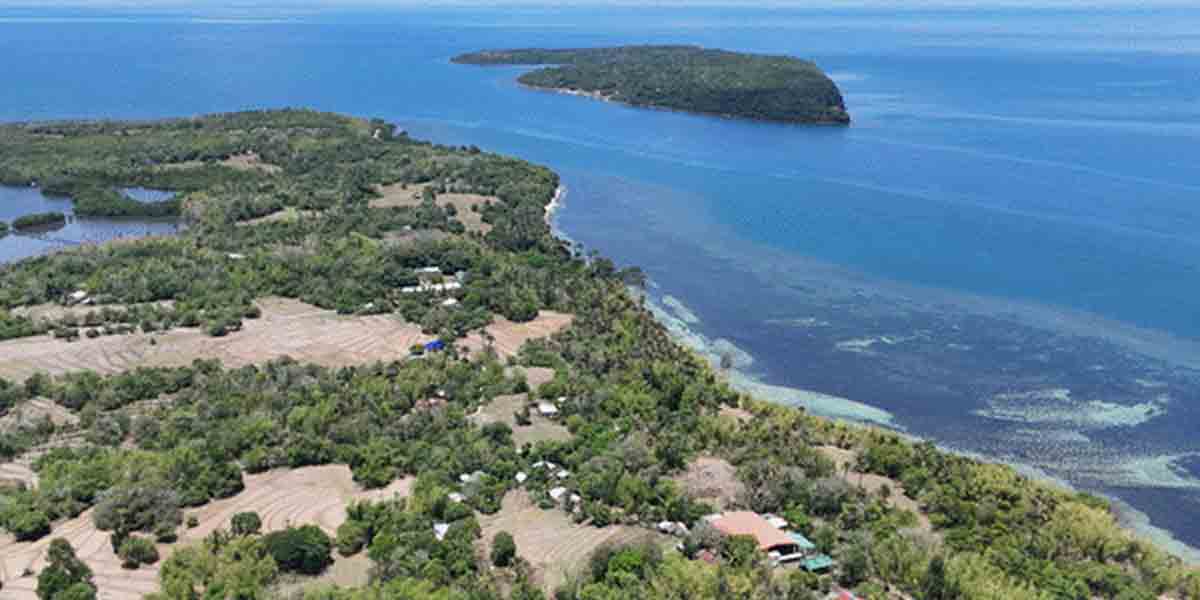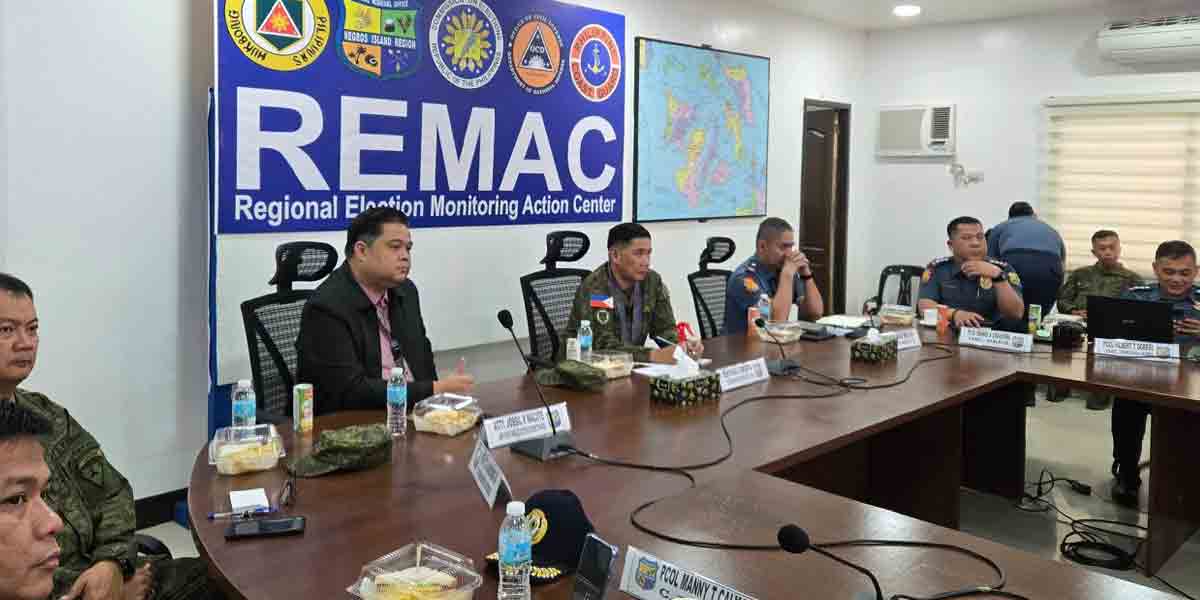
Panay Island biodiversity experts and advocates urged Filipinos to support efforts on biodiversity conservation and sustainable tourism in order to protect endemic plant and animal species, wetlands and protected areas, and the natural heritage of Panay Island.
The call was made during the 18th episode of “Stories for a Better Normal: Pandemic and Climate Pathways” with the topic “Panay: Native Plants, Birds, and Island Ecology.”
The online conversation, hosted by Deputy Speaker Loren Legarda, featured experts and advocates, including former Aklan Vice Governor Gabrielle Calizo-Quimpo; Mr. Flord Nicson Calawag, biodiversity researcher and member of the Panay Bird Club; Mr. Ralph Perez, Administrator of Lunhaw Madia-as; Ms. Lisa Paguntalan, Executive Director of the Philippines Biodiversity Conservation Foundation (PhilBio); and Dr. Enrique Sanchez Jr., President of the Philippine Initiative for Conservation of Environment and the People (PhilinCon).
Former Vice Governor Calizo presented the two well-known mangrove eco-parks of Aklan, the Bakhawan Nature Study and Eco-Park and the Katunggan It Ibajay Eco-Park, and explained how their mangroves saved Kalibo from strong typhoons and disasters.
“Itong mangroves, maraming benefits para sa mga local residents dahil makakakuha ka ng crabs, shellfish, and woodworms. Nagpapa-contest din kami ng different ways of cooking kabilog, pwede ka rin mag-kayak, and sa gitna, meron siyang parang sandbar na pwede kang mag-picnic doon. It is not only for the protection of the environment, but we have developed another tourist attraction for the municipality of Kalibo,” said Calizo.
Mr. Calawag featured different kinds of birds in Panay Island and expressed that the fauna of Panay, one of the major islands of the Philippines, remains understudied and many species have yet to be discovered. He reiterated that a well-balanced ecology could support a healthy avifauna and that an abundance of avifauna indicates a healthy ecology.
“Napakasarap ng feeling na mas naa-appreciate po ngayon ng mga plantitos, plantitas, at bird enthusiasts na very blessed po ang Panay Island at Antique in terms of our natural heritage. Hopefully, this advocacy can help spark the younger generations’ zeal to protect our sustainable tourism and to develop community-based tourism organizations para ma-empower ang local communities na i-preserve and conserve ang natitirang natural heritage mula sa bundok papunta sa dagat,” said Calawag.
Mr. Perez introduced Lunhaw Madia-as, a group of native tree enthusiasts that aim to protect endemic and native trees and forests. He also shared that all must veer away from plant poaching to preserve our forests.
“This is very much obvious now with the plant phase that’s taken over everywhere—the plant-demic they call it—with everybody trying to get their hands on plants, even those that are endangered and have been poached from our forests. For the people to be more invested in taking care of the forests, they should be able to refuse what people from the cities throw at them in exchange for these plants,” said Perez.
Ms. Paguntalan introduced the Philippine Biodiversity Conservation Foundation Inc., which develops biodiversity conservation programs and partnerships in some of the world’s highest conservation priority areas since 1990. She also discussed their priority conservation measures for Panay Island.
“Usually ang mga tao, kapag nag-collect ng seedlings, hanggang doon lang. A better normal should be: irecord natin ang time kung kailan tayo nakakuha ng mga seeds at seedlings. I-geo tag natin ‘yung mother place kung saan tayo nag-collect para malaman natin na sa time na ‘yan, mayroong bunga, bulaklak, at maraming seedlings, at bumuo ng plano kung kailan tayo ulit magkolekta ng seeds at seedlings,” said Paguntalan.
Dr. Sanchez introduced the Philippine Initiative for Conservation of Environment and the People and discussed the successes and remaining challenges of Panay Island conservation work, as well as their advocacy on forest protection, noting the unique wildlife species that are now at the brink of extinction. He also expressed that the government should make environmental preservation a priority in the national budget.
“It is expected that the government takes an ever-increasing role in the appropriation of a budget permitting efficient conservation of Panay‘s treasure trove,” said Dr. Sanchez.
Legarda shared that the pandemic is an important reminder that human interaction with the ecosystem must remain balanced and that there needs to be greater attention and action towards environmental protection and conservation of ecosystems. She added that promoting our understanding on the benefits of our biodiversity is a critical first step in engaging the public towards these efforts.
“The recovery during and after the pandemic has to be a sustainable, green, and resilient recovery. Parte dapat ng recovery natin ang pag-mainstream ng biodiversity conservation, pangangalaga ng ating mga hayop, puno, at halaman, at ang pag-document at propagate ng ating mga native trees. Kailangan bigyan ng karampatang atensyon at suporta para sa ating kalikasan na siyang bumubuhay at bubuhay sa atin at sa mga susunod na henerasyon,” Legarda concluded.
As an online discussion to promote health, environmental consciousness, and climate-adaptive practices, Stories for a Better Normal aims to change the mindset of individuals, families, and communities by demonstrating ways in which a ‘better normal’ can be realized within our communities.
This online discussion is organized in partnership between the Office of Deputy Speaker Legarda and the Climate Change Commission, with support from the Institute for Climate and Sustainable Cities, The Climate Reality Project-Philippines, and the Mother Earth Foundation.

